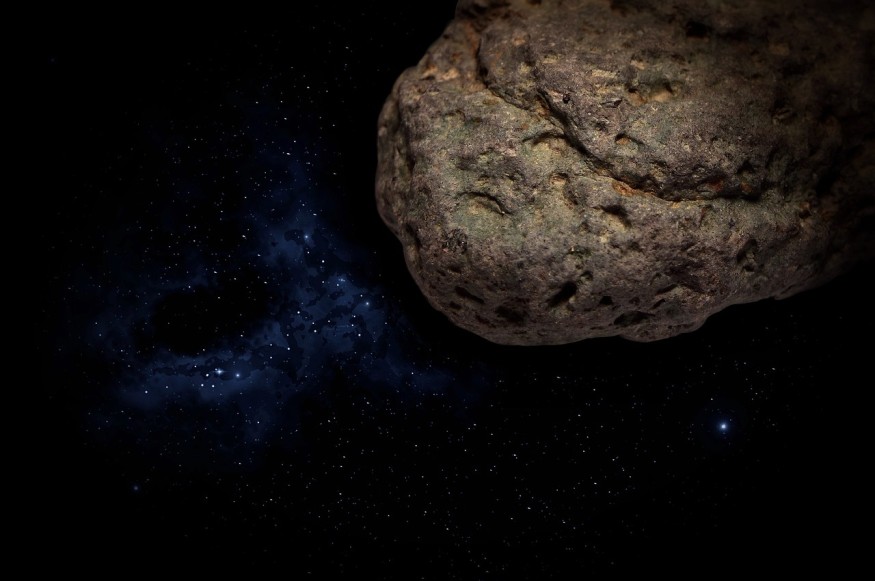A potentially hazardous asteroid called "1994 XD" will zip past Earth on Sunday night, June 11, according to the National Aeronautics and Space Administration (NASA).
The skyscraper-sized asteroid is unlikely to direct hit our planet since it will miss us by a few million miles, but this is considered as "dangerously close" in terms of astronomical scale.
Asteroid 1994 XD has almost the same size as the U.S. Capitol building.
It has been classified as an Apollo-class asteroid and a Near Earth Asteroid (NEA).
The space rock has been considered as "potentially hazardous" due to its proximity and predicted close passes with Earth, according to NASA's Jet Propulsion Laboratory (JPL).
In recent years, many significantly large asteroids had fly by the Blue Planet safel, although some have been reported entering our planet and atmosphere.
Last year, an asteroid strike was observed off the coast of Iceland and it has become the fifth known Earth impact ever recorded in modern history.
Despite the rarity of direct asteroid impacts, space authorities are still monitoring them daily.
June 11 Asteroid Flyby

Asteroid 1994 XD will make a close approach while passing Earth at a distance of 1.9 million miles (3.1 million kilometers) from our planet and this is eight times the average distance between us and our lunar neighbor, according to NASA.
1994 XD has an estimated size between 1,200 and 2,700 feet (370 to 830 meters) in diameter.
Initial observations of the space object showed it is a binary asteroid, consisting of a large asteroid with a smaller moonlet orbiting around it, Live Science reported.
1994 XD Asteroid
Officially known as 488453 (1994 XD), the asteroid is considered a very small one whose orbit also crosses Earth's orbit.
The upcoming asteroid flyby on Sunday evening is not the first time.
In fact, 1994 XD made several close approaches to our planet in the past and is predicted to continue to do so in the coming decades and even until the year 2174, according to the website spacereference.org.
Asteroid Defense System
As our space technology advanced, scientists have also developed measures to efficiently monitor and potentially deflect incoming asteroids perceived as a threat to our planet.
In September 2022, the world's first-ever planetary defense test became successful after NASA's Double Asteroid Redirection Test (DART) spacecraft was able to impact its asteroid target after a 10-month journey into space.
The target was an asteroid moonlet called Dimorphos, a small celestial object with a diameter of 530 feet (160 meters) that orbits the larger asteroid Didymos.
Neither of the asteroids was a threat to Earth, according to NASA.
The feat of the DART mission was significant since it changed the trajectory of the target.
However, it is still unclear whether NASA and other space agencies can deflect a much large asteroid like the 99942 Apophis asteroids, which was initially thought back in 2004 to have the potential to hit our planet in 2029.
© 2025 NatureWorldNews.com All rights reserved. Do not reproduce without permission.





